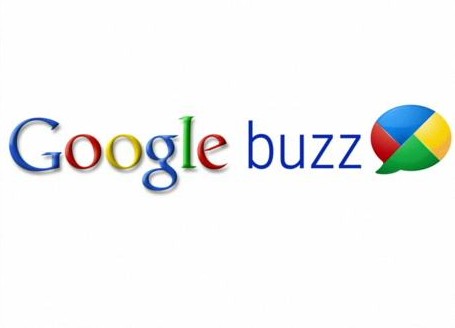Google Buzz: 10 Things It Is And Isn’t
As you’ve no doubt heard, Google signaled its move into the social media arena in a big way at 10am PST today by announcing the launch of Google Buzz, a Gmail-integrated social networking utility which will roll out over the next few days.
So: what is Google Buzz, exactly? Below, ten things that define what it is — and what it isn’t:
1. Google Buzz isn’t a Twitter killer.
In fact, it allows you to integrate Twitter into your stream of content. The Google crew went out of their way to mention Twitter integration in the press conference, alongside integration with Flickr and Google services like Picasa and Google Reader — although they curiously seemed to be avoiding the utterance of the word “Facebook.” It even uses @ replies to direct specific pieces of content towards people! At that, you can’t reply to Tweets, only read them, at least at launch.
2. Google Buzz is for sharing.
Tweets, pictures, videos, webpages — these are the lifeblood of Google Buzz. It will automatically pull images from shared videos, allow you to watch videos inline, and let you quickly flip through photos in a slick interface.
3. Google Buzz is not a firehose. In fact, it’s a little like Digg or Reddit.
Despite all of the content pouring in, Google Buzz will allow you to prioritize what shows up at the top via something called “just the good stuff.” This will be a function of who your friends are, and what you’ve historically liked, among other things. But it’s not a simple friends-first play: you can bury uninteresting buzzes by your friends (this means that unlike Facebook, Google Buzz thankfully has the equivalent of an “unlike” button). And interesting comments or content from people who aren’t in your network can actually show up in your feed, if enough of your friends have expressed interest in it. Upvoting, downvoting, Digging, burying, whatever you want to call it: expressions of interest by you and your network will help determine what you will see.
4. Google Buzz is not the kind of service where you’ll measure your friends in the thousands.
Well, maybe if you’re a Silicon Valley VC or something, but Google hopes to differentiate the service from what’s out there by making it more intimate. If you’re already a Gmail user (and who isn’t), the people you keep in touch with via Gmail will be added to your network via autofollow, but as Google presented it, this is not the platform for wanton friending or following.
5. Google Buzz cares about privacy.
Sergey and company touted the public/private divide as one of the key features of the service. Everything you share has the option of private versus public sharing, and the settings are sticky from last time, meaning that if you’ve just privately shared something with individuals, you don’t need to worry about your next item shooting out to your whole network and beyond.
6. At that, Google Buzz mobile has terrifying geotagging capabilities.
The mobile version of Google Buzz is not just the desktop version shrunken down; the biggest add is a powerful geotagging service that plugs into a new version of Google Maps and lets you tie your updates to specific locations, smart media included (currently only supported on Android and Symbian.) When you’re looking at Google Buzz on the go, you can toggle between global and local buzz: For instance, if you’re at a concert, you can switch it to only see updates that are coming from nearby.
7. Google Buzz is developer-friendly.
PubSubHubbub out of the box. By Google’s IO developer conference in May, Open APIs will be in place, and “the company is looking at other standard support.”
8. Google Buzz wants to be “productive”; enterprise product to come.
In the press conference, Sergey Brin revealed that he had used Google Buzz to write his New York Times op-ed on Google Books, getting “dozens of comments” from his colleagues in real time; he said it wouldn’t just be a platform for friends and entertainment, but would enhance productivity. An enterprise product is also on the way, though it won’t be a part of v1; the Google team declined to answer a press conference question about when it would.
9. Google Buzz is going to change your Gmail.
For old-line Gmail users, this may be the most annoying thing about it. Why not just roll out a brand new service and leave Gmail alone? But, Gmail had a reported 176 million users, and, well, Orkut, so Google couldn’t resist. Google touts this as “inbox integration”: “Comments get sent right to your inbox so it’s easy to keep the conversation going.” At that, you will be able to filter them, so if you’re waiting for an important email, you don’t need to worry about it being deluged by your friends’ tweets about #xfilesbabynames.
10. Google Buzz is going to change your search.
On Twitter, early Buzz recipients like @LaurynBennett report that “results from people in your social circle” are already showing up in their Google searches. Google inked a deal to put Tweets into search in October, you may remember, but those applied globally; network results would be tailored to each individual based on their network as sliced and diced through an algorithm.
If Google Buzz pans out, its most exciting consequences might not be in your Gmail folder at all: thanks to its integration with Google, the search engine, the era of hyperpersonal news as proclaimed by web futurists like Jeff Jarvis could be close at hand.
If you still want to know more…
Check out Google’s instructional video about the service, below, or check out the Google Buzz official page.
Have a tip we should know? [email protected]
